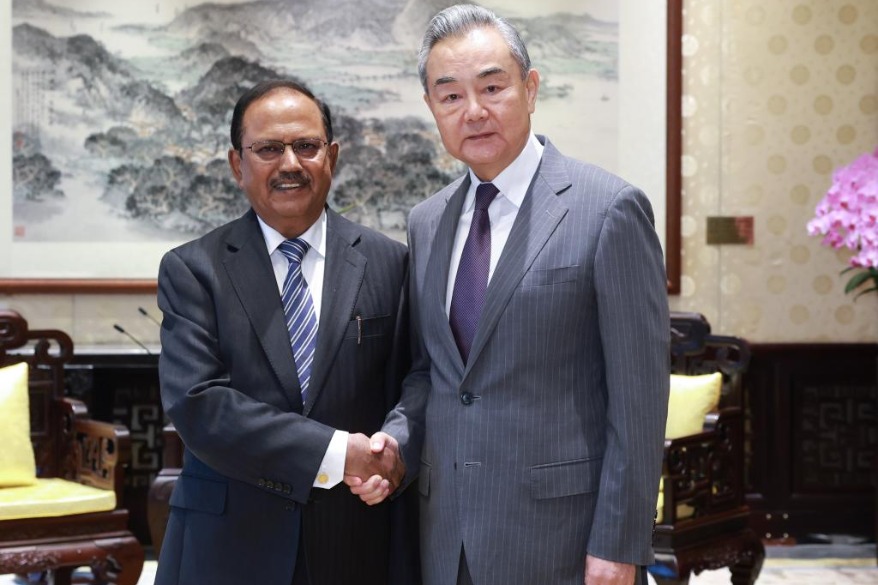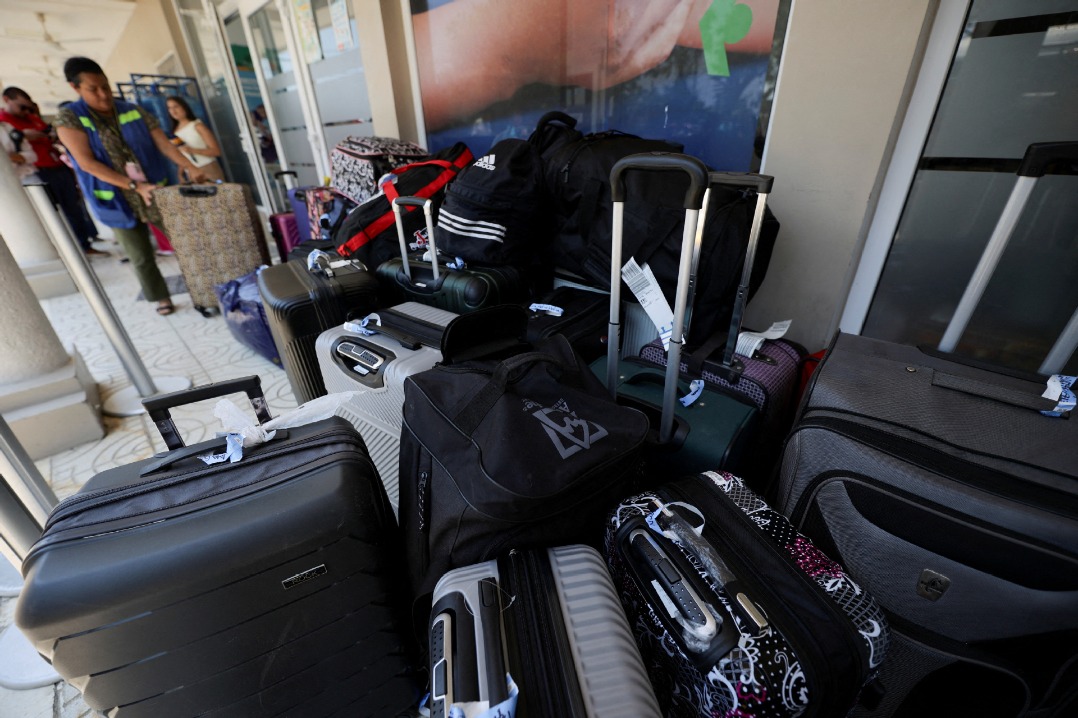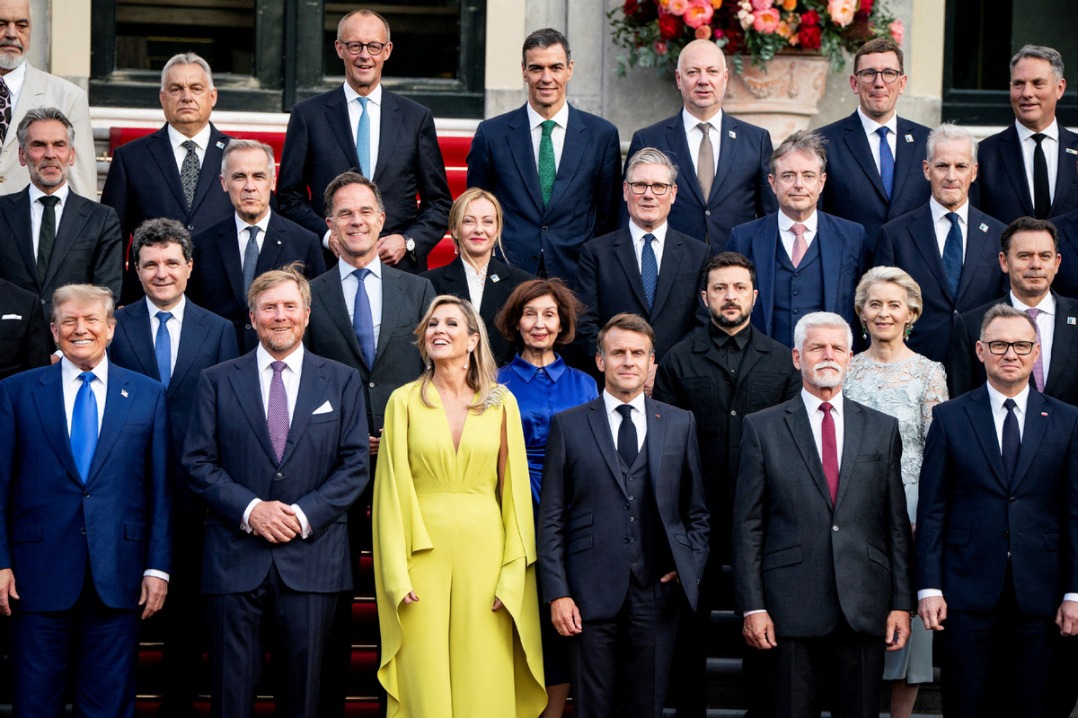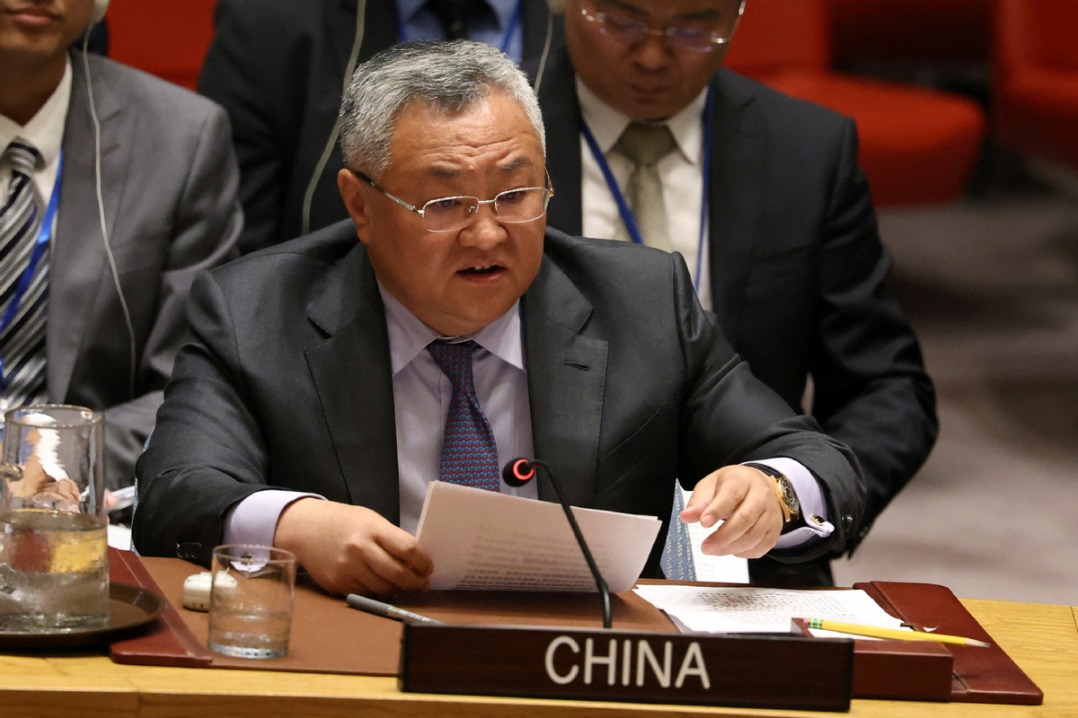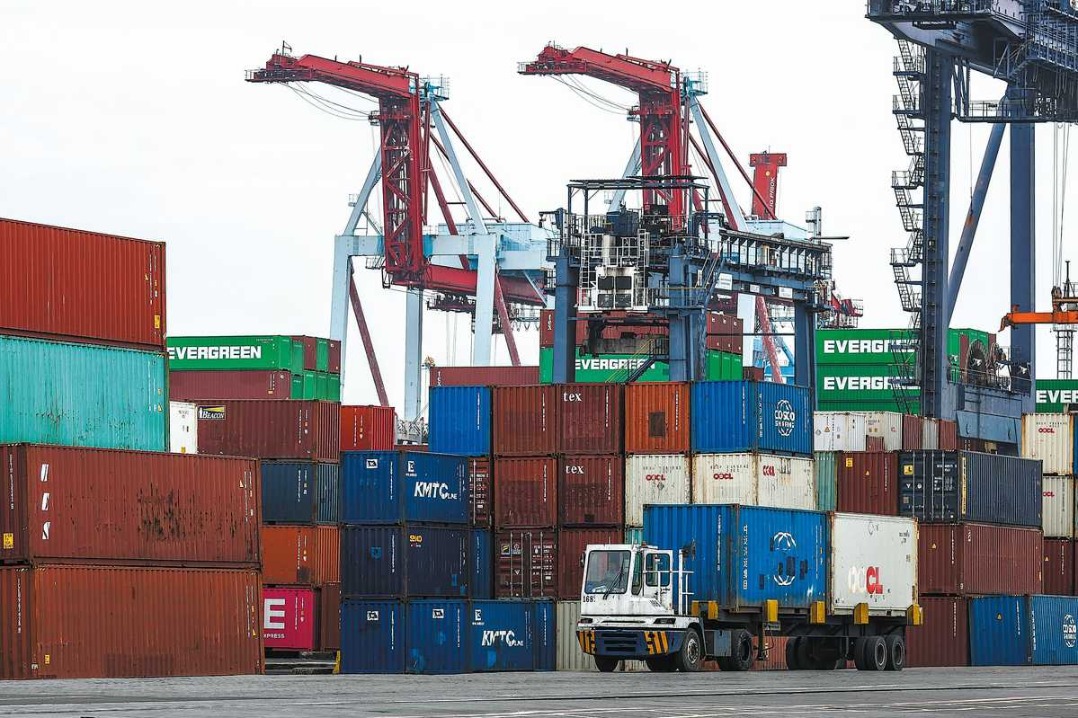ASEAN should promote hydrogen use


Hydrogen, although frequently used in the ammonia production, petrochemical and oil refining industries, was rarely mentioned in the past two decades by proponents of renewable energy. Of late, the adoption and usage of hydrogen has been accelerating in all sectors.
Hydrogen can be produced from many energy sources. Therefore, hydrogen fuels offer great potential as clean energy.
The current annual production of hydrogen is about 120 million tons globally.
Hydrogen can be produced from either fossil fuels or renewable sources. About 5 percent of total hydrogen production is "green hydrogen" produced from renewable sources.
The other 95 percent comprises "gray hydrogen" and "blue hydrogen". The former is produced from coal and gas without carbon capture and storage, and the latter with only small amounts produced with CCS.
Although hydrogen fuel's share of global energy consumption remains small, world leaders are starting to see its potential as clean energy to abate climate change.
Research by the Economic Research Institute for ASEAN and East Asia has identified significant potential for hydrogen energy supply and demand in East Asia. (ASEAN is the Association of Southeast Asian Nations.) By 2040, the cost of hydrogen will decrease more than 50 percent if it is adopted across all sectors.
The current cost of supplying hydrogen is about three to five times higher than gas, mainly due to the limited investment in hydrogen supply chains and the lack of a wider adoption strategy.
Hydrogen uptake will occur in several ways. The European Union's ambition to make Europe the first climate-neutral continent by 2050 will see a large role for hydrogen fuel. Many hydrogen projects in the Organization for Economic Cooperation and Development, an intergovernmental economic organization with 37 member countries, will come online by 2023.
Since hydrogen is a clean energy carrier, it will provide the best prospects for accelerating hydrogen storage for countries such as Indonesia, Malaysia, the Philippines, Brunei, Australia and New Zealand.
In East Asia, China is one of the biggest potential producers and consumers of hydrogen energy.
China has recently accelerated hydrogen investment support to local industries in which it is expected that about $2 billion will be invested in the next few years. Japan is actively promoting the global adoption of hydrogen for vehicles, power plants and other potential uses.
In the Association of Southeast Asian Nations, Brunei has taken a lead in the region's hydrogen supply chain, supplying liquefied hydrogen from Muara Port to Japan late last year.
The use of hydrogen is expanding in the transportation sector as well. For example, India is starting to call for foreign investment in fuel cell vehicles and hydrogen transportation infrastructure development in some pilot cities.
In Japan, the Tokyo metropolitan government will increase the number of hydrogen buses to 100 in 2020. In the ASEAN region, the local government of Malaysia's Sarawak state will start to operate hydrogen buses soon. Singapore is working closely with Japanese companies to explore the development of hydrogen as a new clean fuel.
Japan is currently pioneering the renewable hydrogen economy in which the production of hydrogen through the reformatting process of renewable electricity such as wind, solar and nuclear could be a game changer to decarbonize emissions.
A market survey conducted by research company Fuji Keizai in 2019 indicated that hydrogen demand in Japan will increase 56-fold by 2030, with an estimated investment of more than 400 billion yen ($3.74 billion).
South Korea has set a bold target for hydrogen use, aiming for 10 percent of total energy consumption by 2030 and 30 percent by 2040 to power selected cities and towns.
Unfortunately, many member states of ASEAN have not yet entered hydrogen into their policy agenda as an alternative fuel. However, the second phase of the ASEAN Plan of Action for Energy Cooperation, which is being prepared for endorsement at the ASEAN ministers' meeting on energy in November, will include policy measures to address emerging and alternative technologies such as hydrogen and energy storage.
The plan of action will facilitate ASEAN member states in increasing adoption of hydrogen for the foreseeable future.
ASEAN's energy leaders need to develop a clear strategy on how to promote hydrogen use in the transportation and power sectors. Singapore, Malaysia, Thailand, Indonesia and the Philippines could take the lead by investing in research and development of hydrogen produced from both renewable and nonrenewable sources and by setting targets.
Investment in industries that can adopt hydrogen energy provides a strong potential for ASEAN, but to realize such potential, ASEAN leaders will need to accelerate plans to embrace hydrogen use. ASEAN has much to learn from Europe, the OECD and China.
Adoption of a clear hydrogen strategy is poised to be a game changer for ASEAN's clean energy future.
The author is senior energy economist at the Economic Research Institute for ASEAN and East Asia.
















